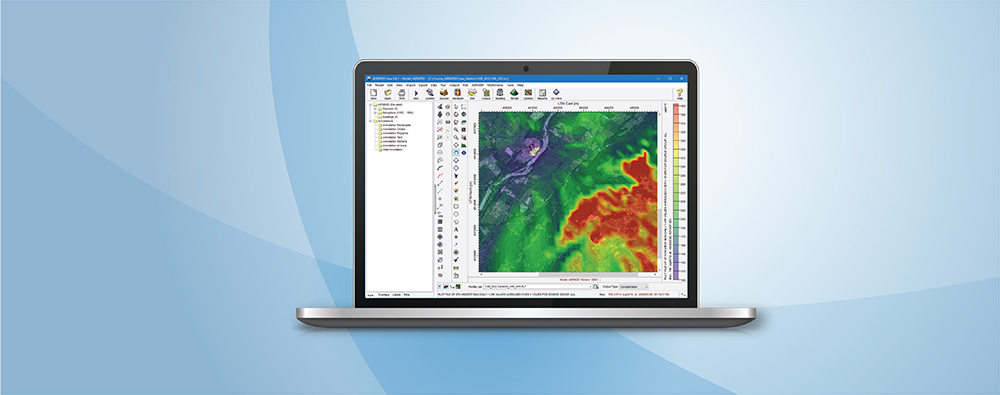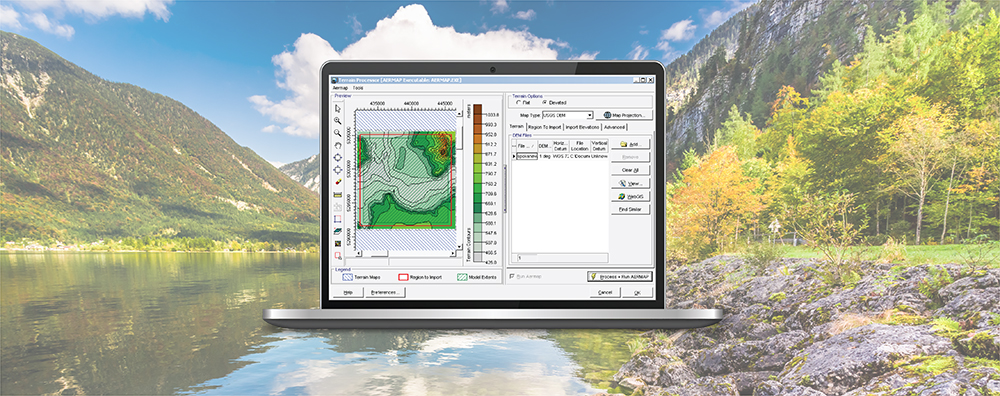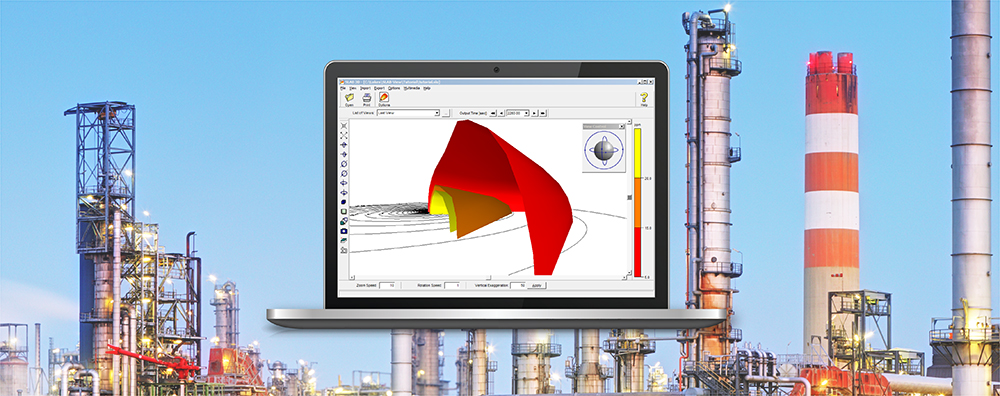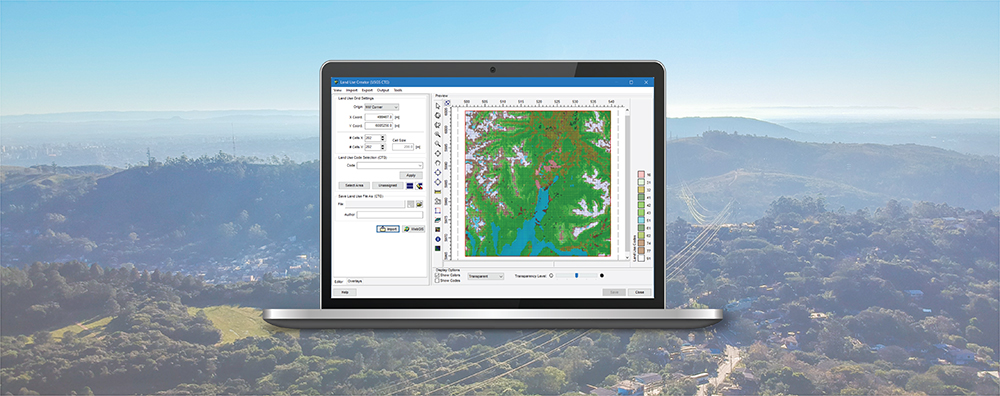AERMOD View: Working with Labels
When working with Lakes Environmental Software applications, the drawing area affords users a lot of flexibility in how they add and visualize their project components. One way for users to make sense of the objects is to include object labels. These are controlled via the Labels tab on the Tree View.






